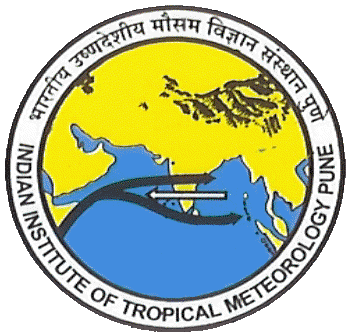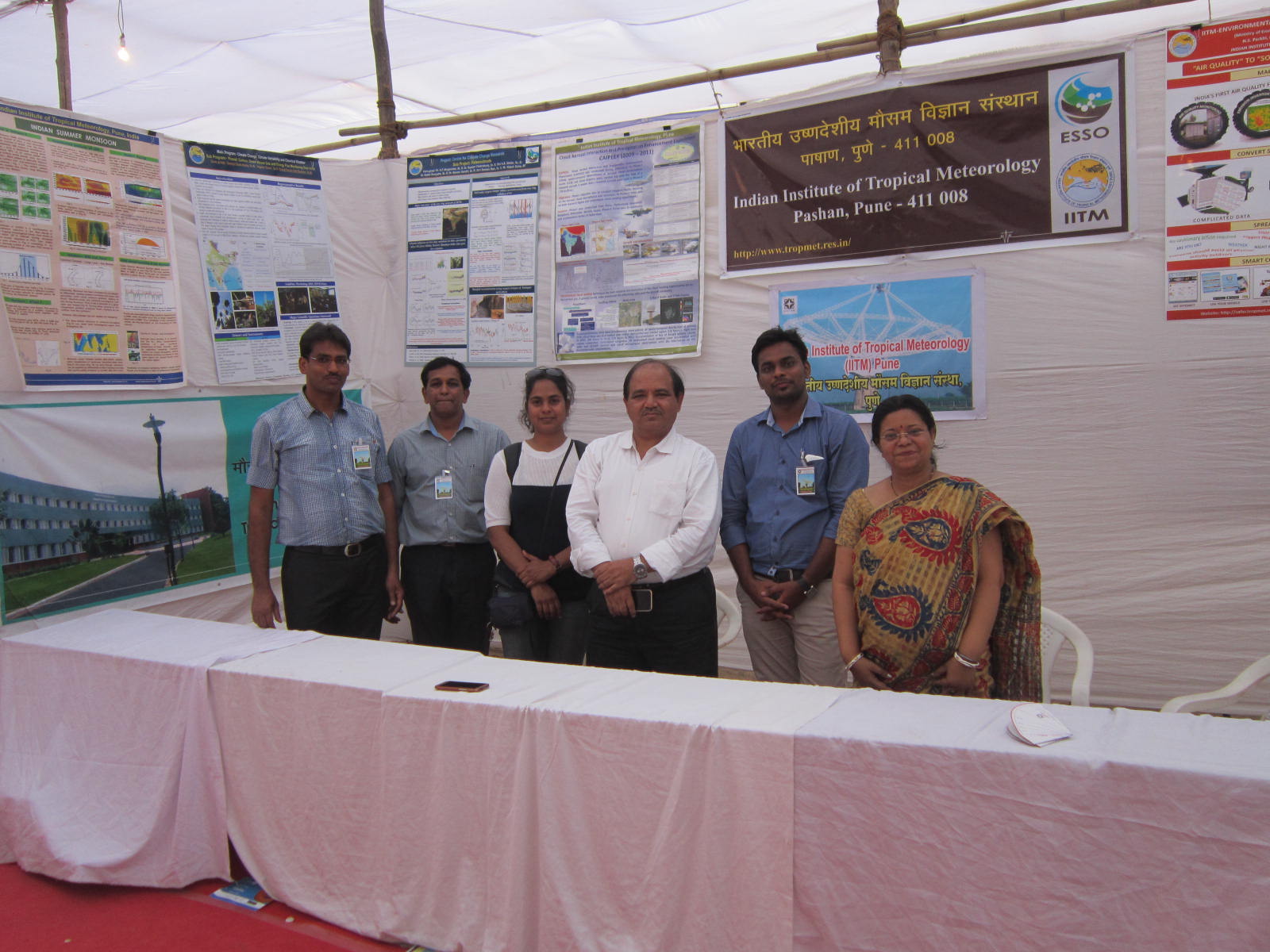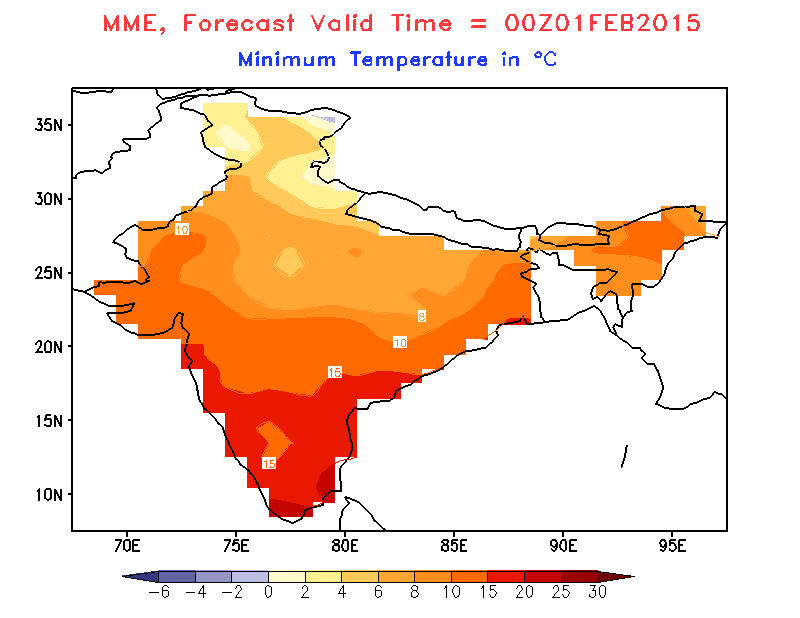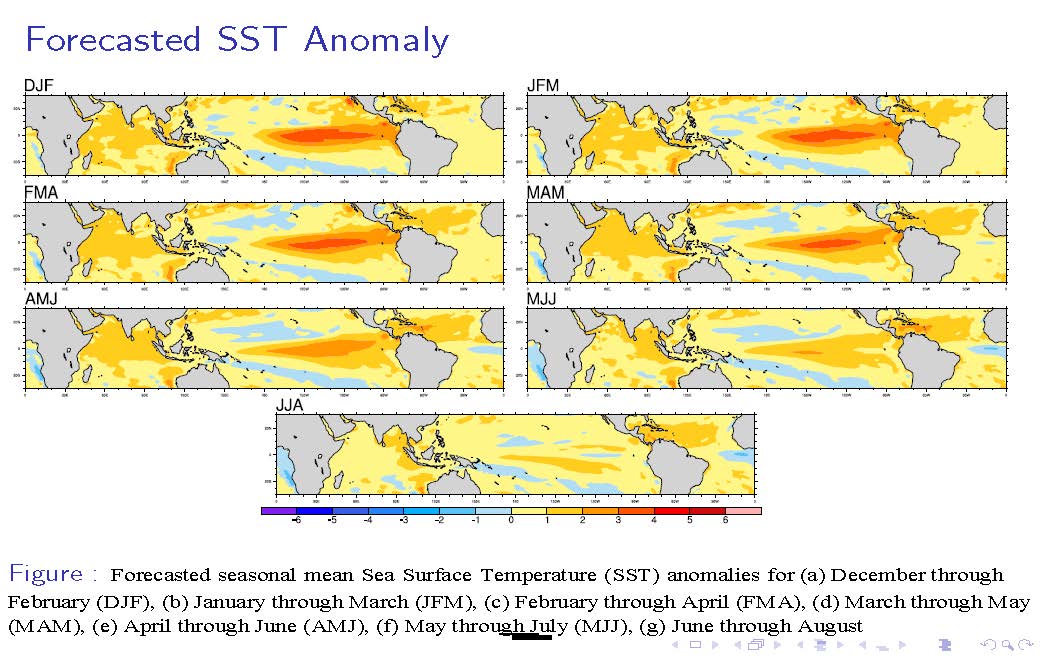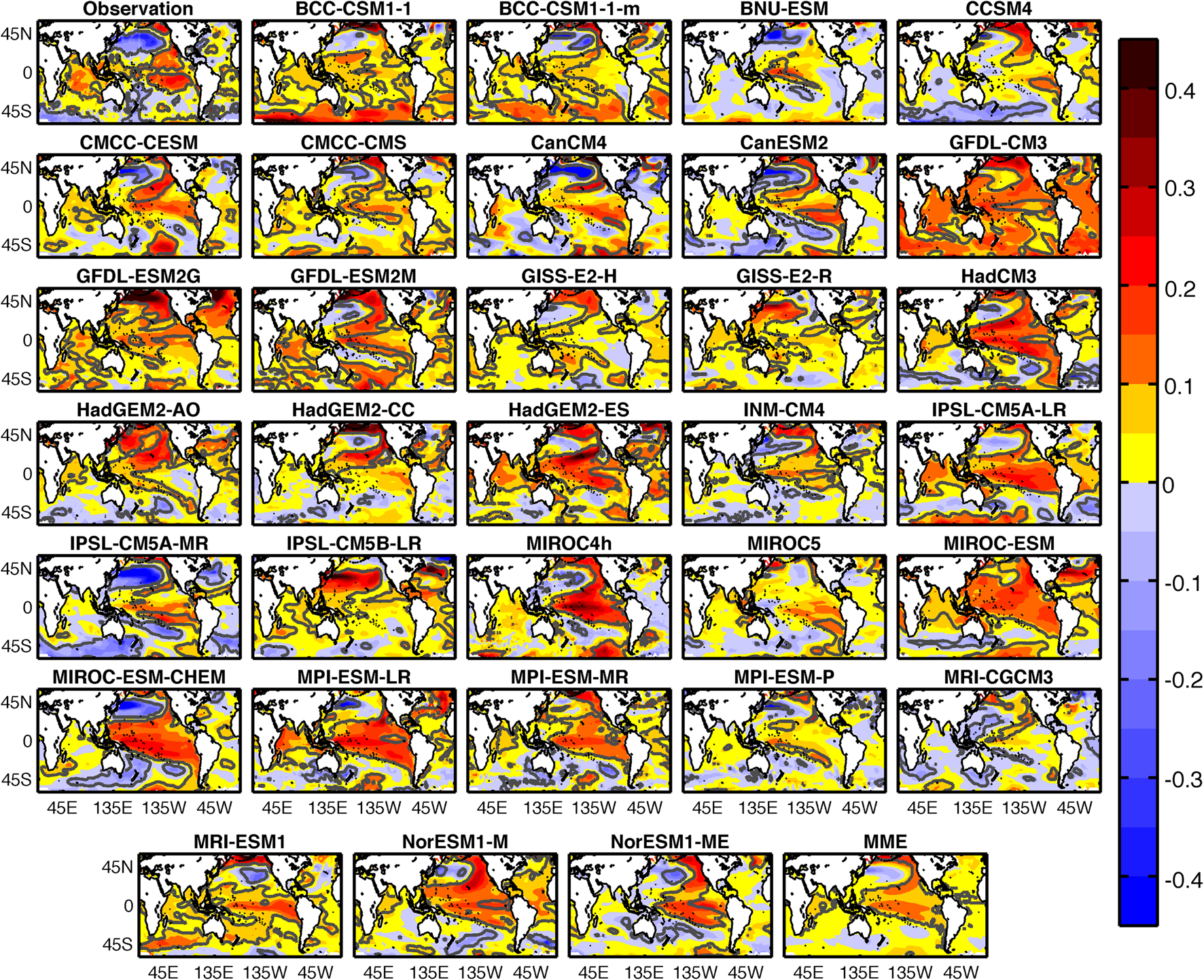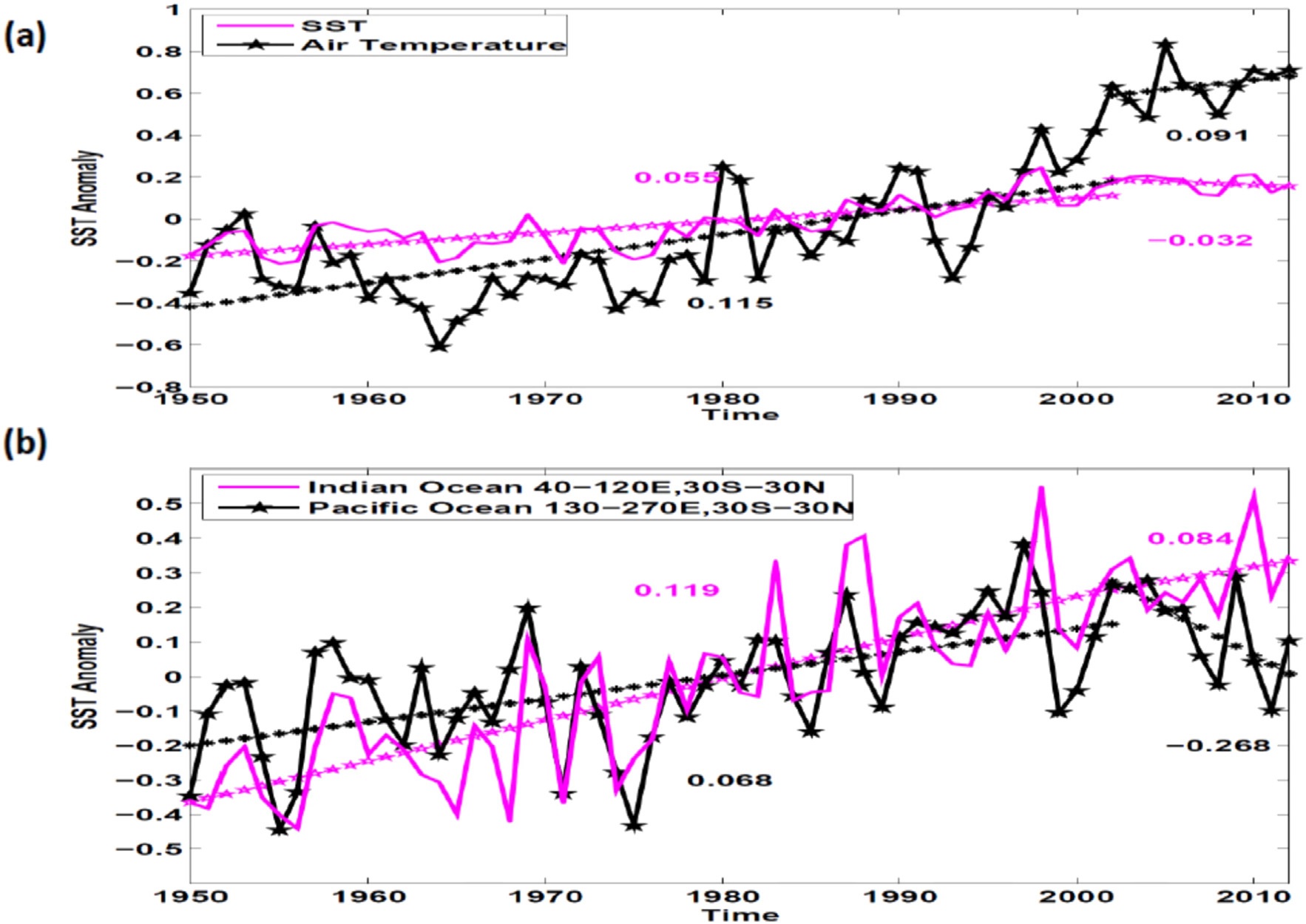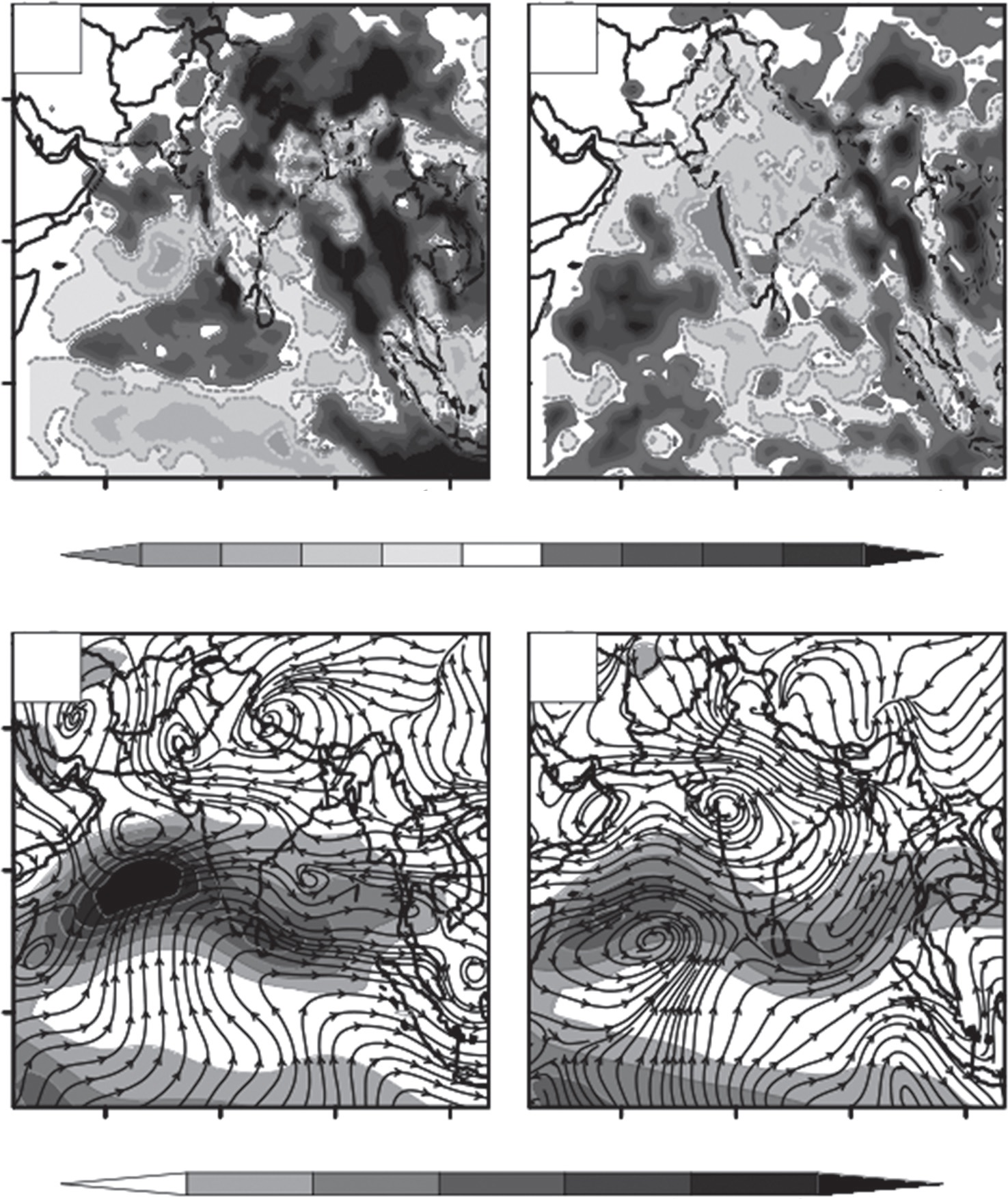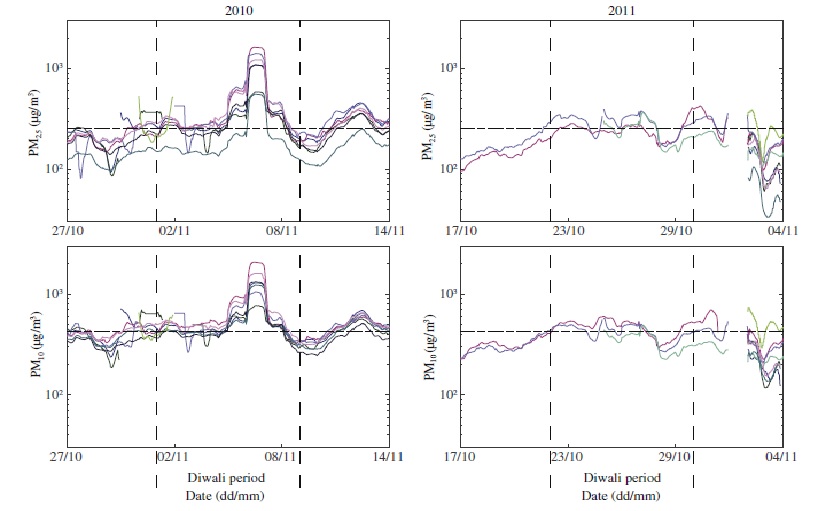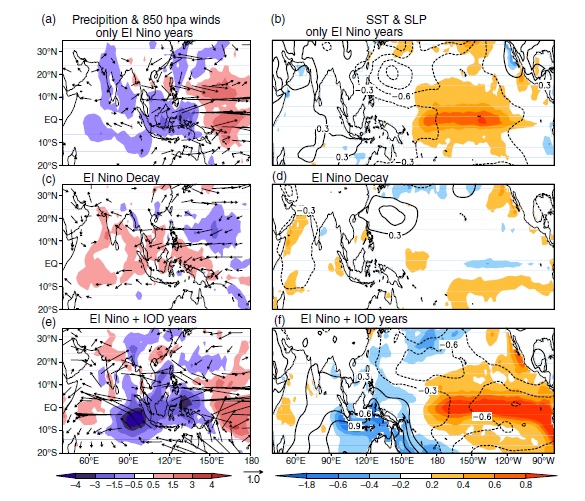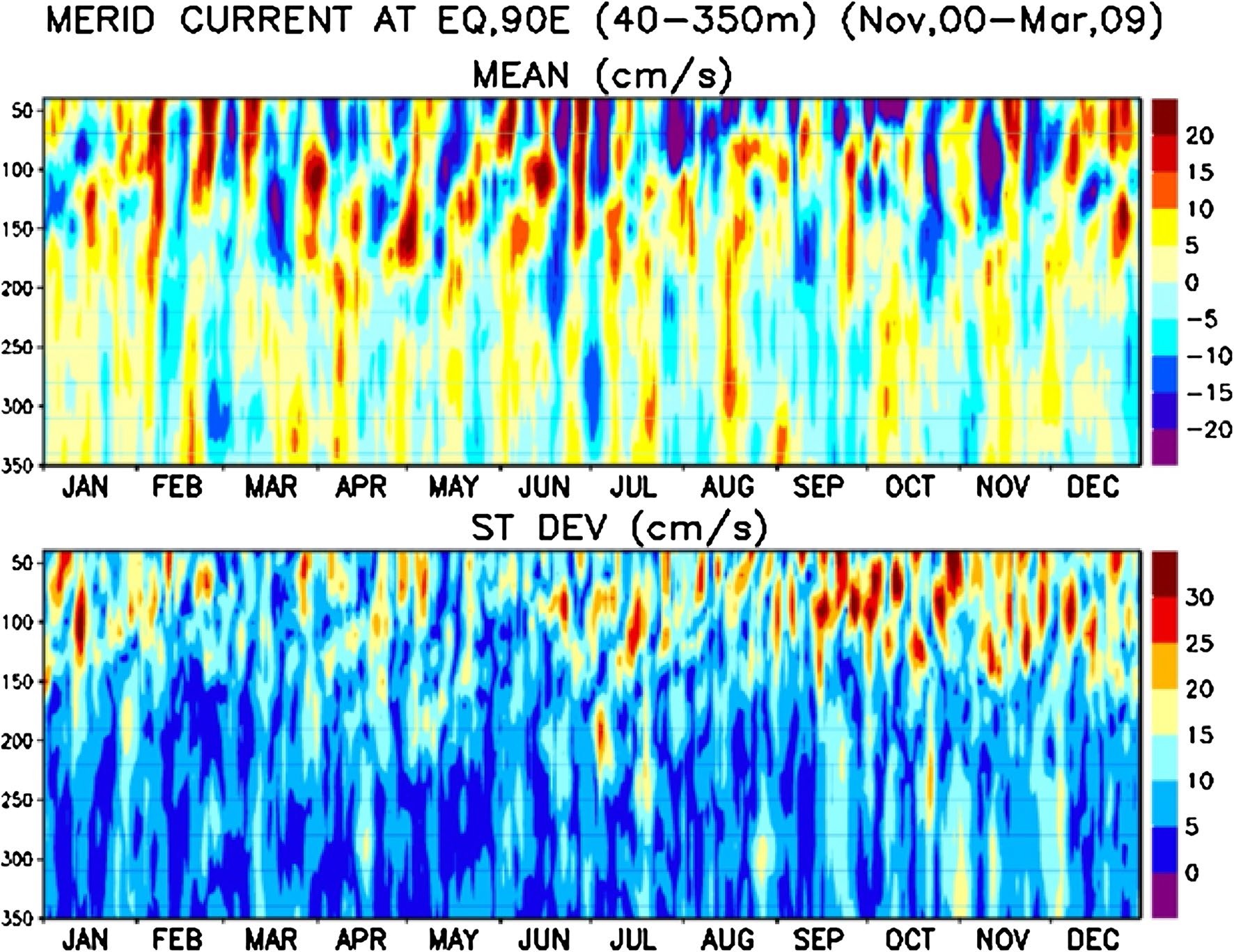IITM Publication Highlights
Microphysical processes and hydrometeor distributions associated with thunderstorms over India: WRF (cloud-resolving) simulations and validations using TRMM
|
Thunderstorms are one of the disastrous weather events that affect various parts of the Indian region during the pre-monsoon summer months of March-April-May (MAM). Keeping this societal impact in account, this paper has documented the vertical distribution of cloud microphysical properties and dynamical fields associated with number of thunderstorms over different thunderstorm-prone regions of India. The main objective of this study was to bring out the spatial heterogeneity in the structure of thunderstorms during MAM. The present-day skill of forecasting such systems is particularly poor. This as such prompts us to ponder whether any existing microphysical scheme is able to capture the inherent heterogeneous structure of thunderstorms over different parts of India. To find an answer to this question, the regions are divided based on pre-monsoon lightning distribution obtained from the tropical rainfall measuring mission lightning imaging sensor data. cloud-resolving simulations are performed using the Weather Research and Forecasting-Advanced Research Weather Model (version 3.2) along with three explicit microphysical schemes for a number of thunderstorm cases those occurred over five different regions of India.
Read more...
(Halder M., P. Mukhopadhyay, Nat. Hazards, Online, Jun. 2016) |
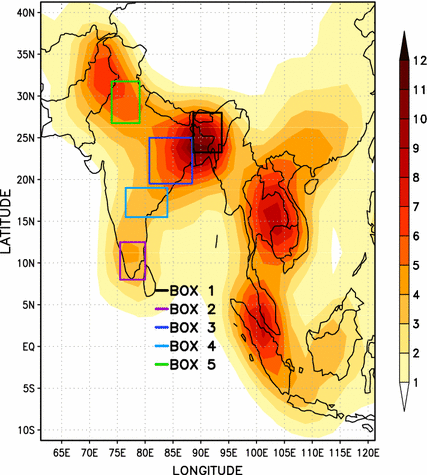
|
On the relationship between east equatorial Atlantic SST and ISM through Eurasian wave
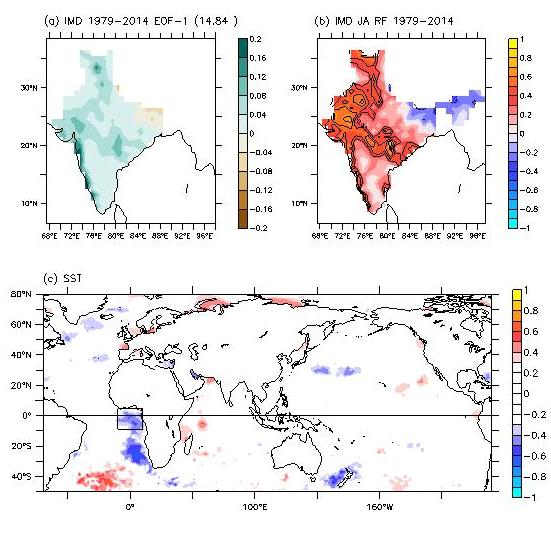 |
The north-west (NW) and central India summer rainfall is anti-correlated with east-equatorial Atlantic SST (EEASST). The negative EEASST anomaly weakens the inter-tropical convergence zone over Atlantic and west equatorial Africa which generates stationary wave meridionally with anomalous positive GPH over NW Europe. The anomalous positive GPH over NW Europe acts as center of action for the propagation of a Rossby wave train to NW India via Europe consisting of anomalous high over NW of India. This intensifies the Tibetan High westward which reinforces the outbreak of monsoon activity. Read more... (Yadav R.K., Climate Dynamics, Online, March 2016) |
Atmospheric controls on the precipitation isotopes over the Andaman Islands, Bay of Bengal
|
Isotopic analysis of rainfall at Port Blair, Andaman Island reveals that rain water isotopes undergo systematic depletions in response to the organized convection occurring over a large area and are modulated by the integrated effect of convective activities. Precipitation isotopes appear to be linked with the monsoon intraseasonal variability in addition to synoptic scale fluctuations. Very high depletion was observed in rain water isotopic values during the events of intense cyclonic activities in the Bay of Bengal. This anomaly is likely to leave its imprint in the isotopic composition of stalagtites/stalagmites growing in the coastal regions of Bay of Bengal, which may be used as a tool to study the past cyclonic activities when no instrumental data is available. Read more... (S. Chakraborty, N. Sinha, R. Chattopadhyay, S. Sengupta, P. M. Mohan & A. Datye, Scientific Reports, Jan 2016) |
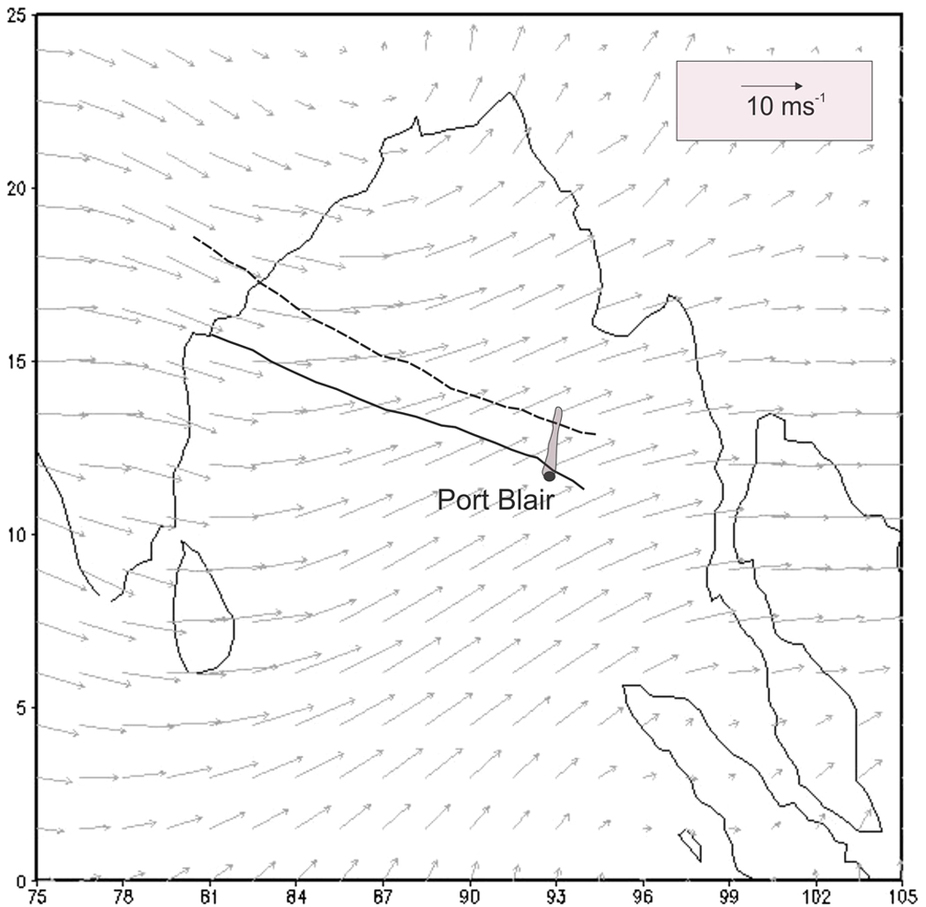
|
